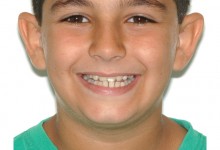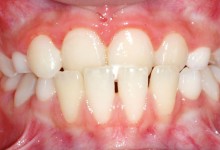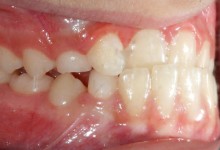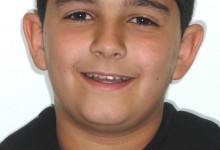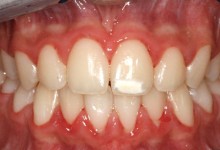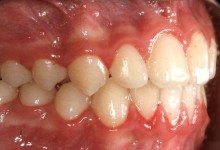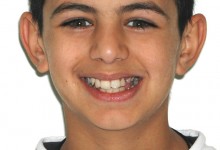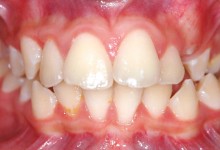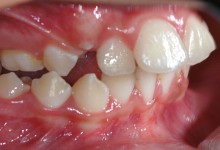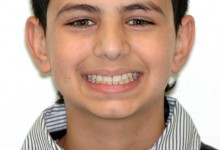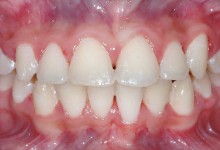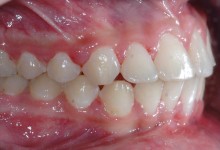Preventative Orthodontics
Address problems early
While there is no exact age for children to begin orthodontic treatment, Orthodontic Associations worldwide recommend visiting the Orthodontist around the age of seven.
By this age, most children have a mixture of baby teeth and adult teeth, making it easier for your Orthodontist to diagnose and manage developing tooth and jaw problems sooner and without the need for surgery.
As part of our early assessments, we evaluate a child’s teeth and bite and determine if there will be issues of crowding or an improperly aligned bite. We assess the symmetry and alignment of the jaws, future growth, breathing and airway problems, spacing of the teeth and oral habits, which over a period of time, may result in abnormal dento-facial development. At an early age, a child’s bones are still growing and therefore respond well to treatment.
Early interception may help eliminate or minimize certain problems resulting in either no further treatment being required, or at least resulting in less complicated treatments at a later age. We know every child’s needs’ will be different due to their individual bite (no two patients have the identical bite), their rate and stage of growth, and of course because their individuality.
Early treatment or assessment allows your Orthodontist to
- Diagnose developing bite and jaw alignment problems
- Monitor growth and dental development, keeping you informed of your child’s developing bite and accurately plan any orthodontic management to correctly correspond with treatment needs and your child’s growth.
- Correct and guide the growth of your child’s jaw to help the permanent teeth come in straight
- Regulate the width of the upper and lower arches
- Create more space for crowded teeth
- Avoid the need for permanent tooth extractions later in life
- Correct thumb-sucking habits and complications, and help improve minor speech problems
For Parents, it’s not always easy to know if your child may need orthodontic treatment.
Here are a few things to look for that may mean your child needs to see an orthodontist
- Early or late loss of baby teeth
- A hard time chewing or biting food
- Mouth breathing
- Finger or thumb-sucking
- Crowded, misplaced, or blocked out teeth
- Teeth that come together abnormally, or do not come together at all
- Jaws and teeth that are not proportionate to the rest of the face
- Crowded front teeth around age seven or eight
Please contact our practice to schedule an appointment for an orthodontic evaluation. Early assessment will give your child the best management for a healthy, beautiful smile for the future.
Orthodontic Problem
Functional underbite
Treatment
Interceptive plate treatment to normalize dentofacial growth
Orthodontic Problem
Functional crossbite, narrow upper jaw; resulting in functional lower jaw asymmetry
Treatment
Interceptive plate treatment; upper jaw expansion to normalize dentofacial growth


